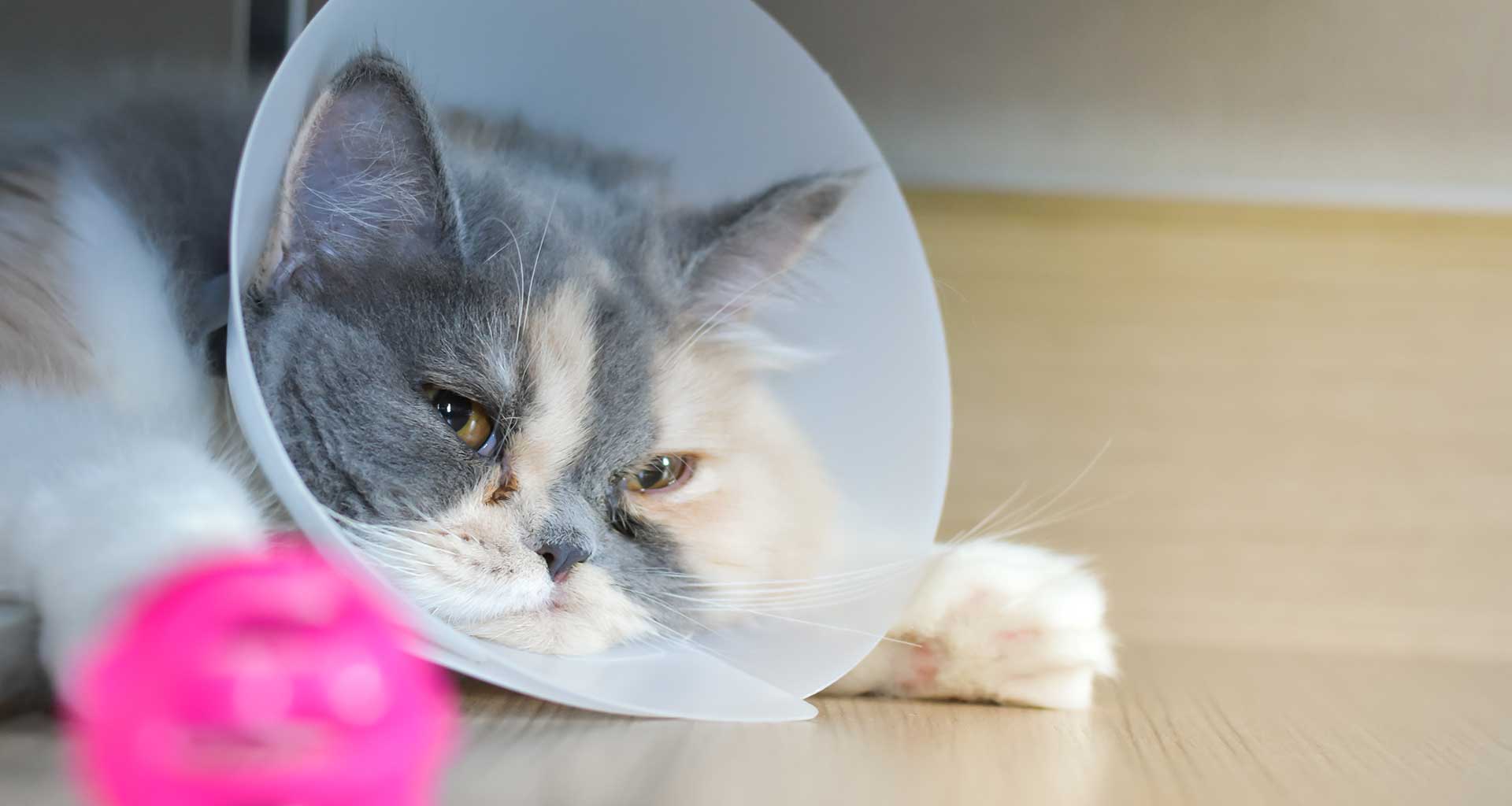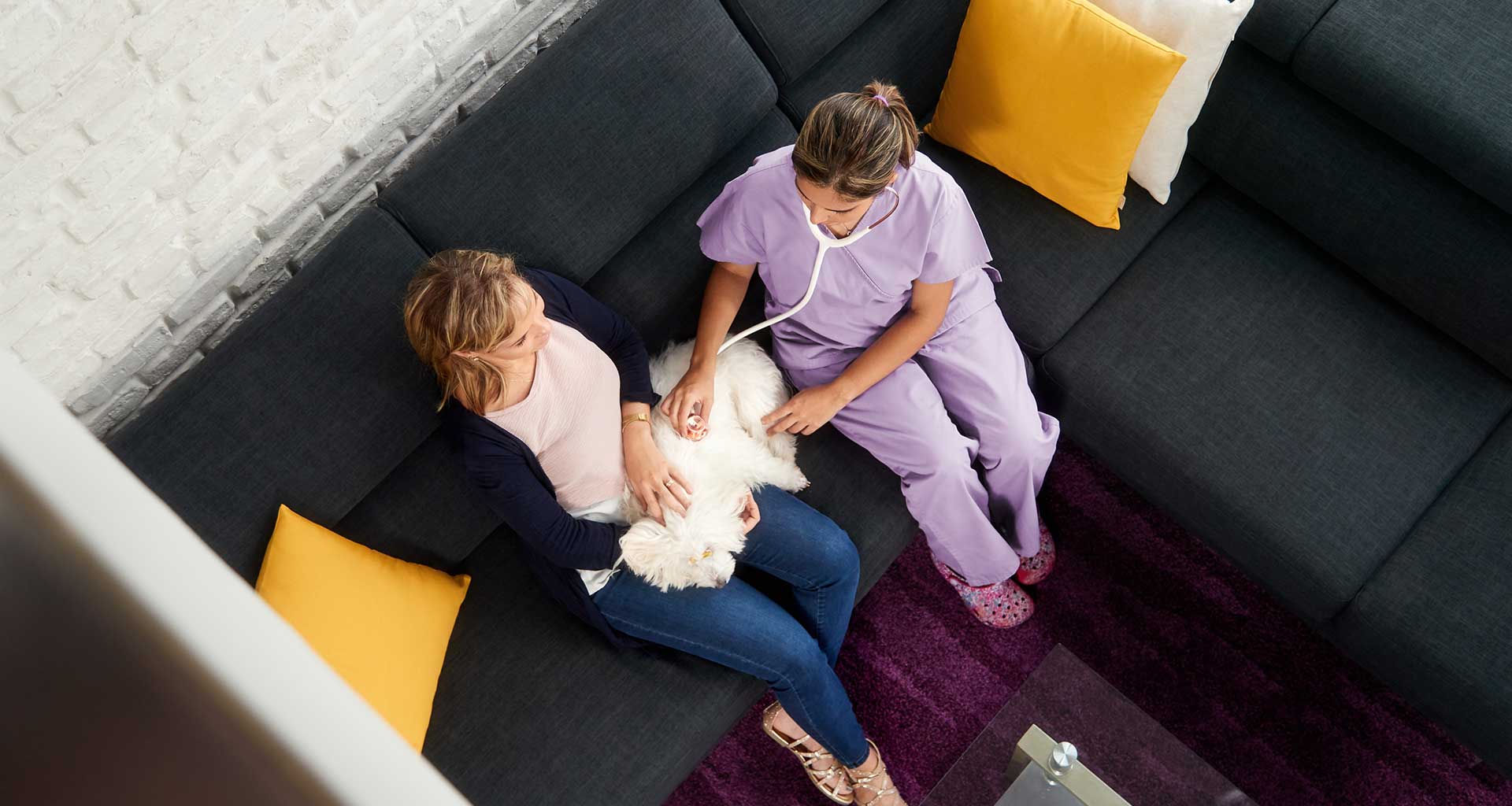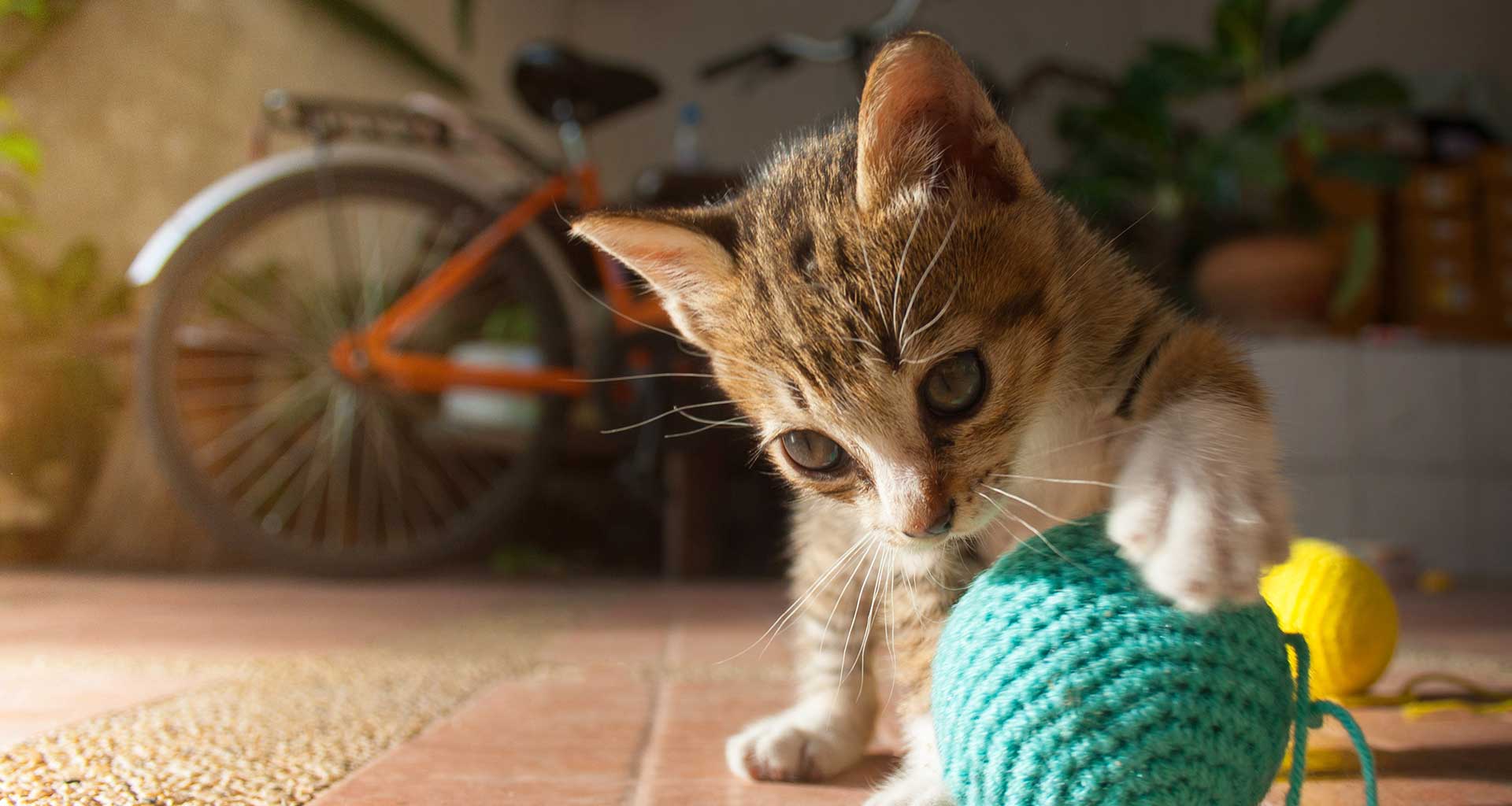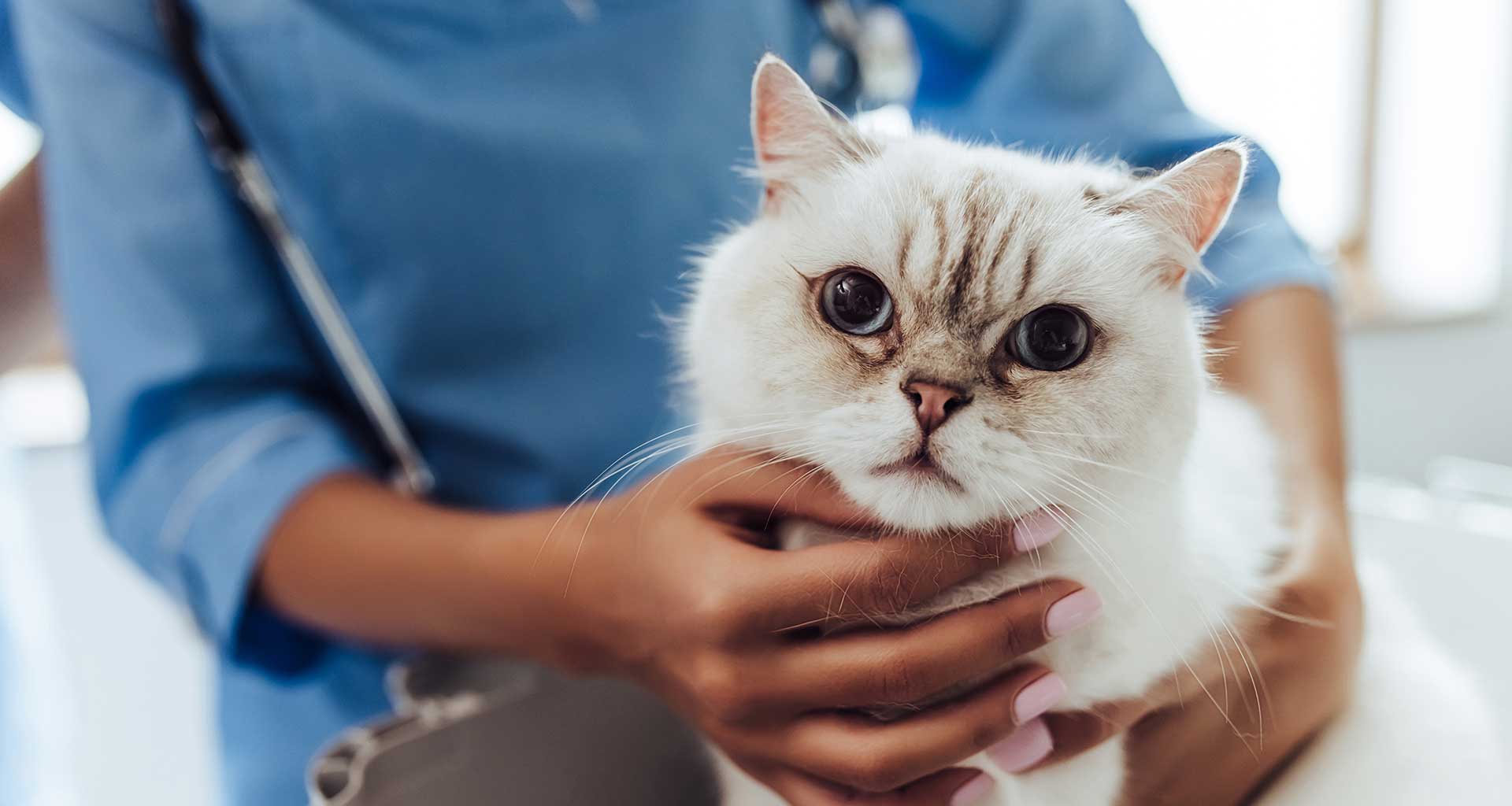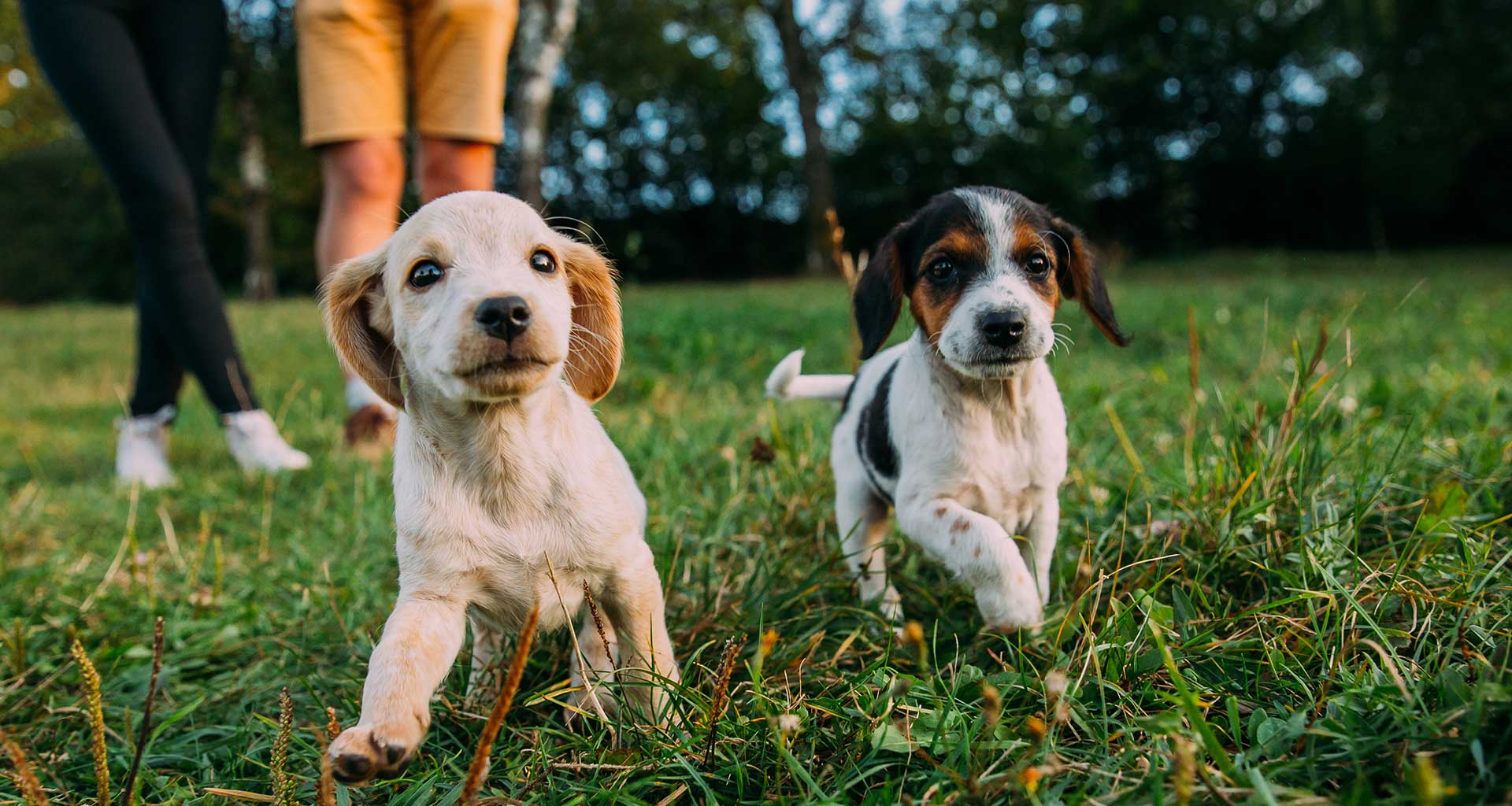Puppies are cute, they are adorable but they are often abandoned or surrendered. Nobody wants to see a stray dog or think of the dogs in the shelters that can’t find homes. This is one of the reasons most states make it mandatory to desex your dog, preferably by the age of 6 months.
Why is desexing your dog so important?
Besides the fact that there are too many puppies and dogs with no homes, there are other benefits to desexing your pup.
- Desexing prevents pregnancy and oestrus cycle in female dogs. Stopping the estrus cycle means no bleeding, and no male dogs trying to get to your dog.
- A behavioural issue in male dogs often has to do with testosterone levels. Dogs that are not been desexed or neutered have a higher testosterone level than in their castrated counterparts. The higher testosterone levels may be responsible for increased aggression in male dogs.
- Your dog will not want to wander the neighbourhood in search of a mate, which means less chance of your dog getting hurt or lost.
- Male dogs use their urine to mark their territory, which is why there is a pungent smell. Desexing usually prevents the strong smell and excessive marking.
- Removing your dog’s reproductive organs removes the risk of them developing health complications or illnesses in those organs.
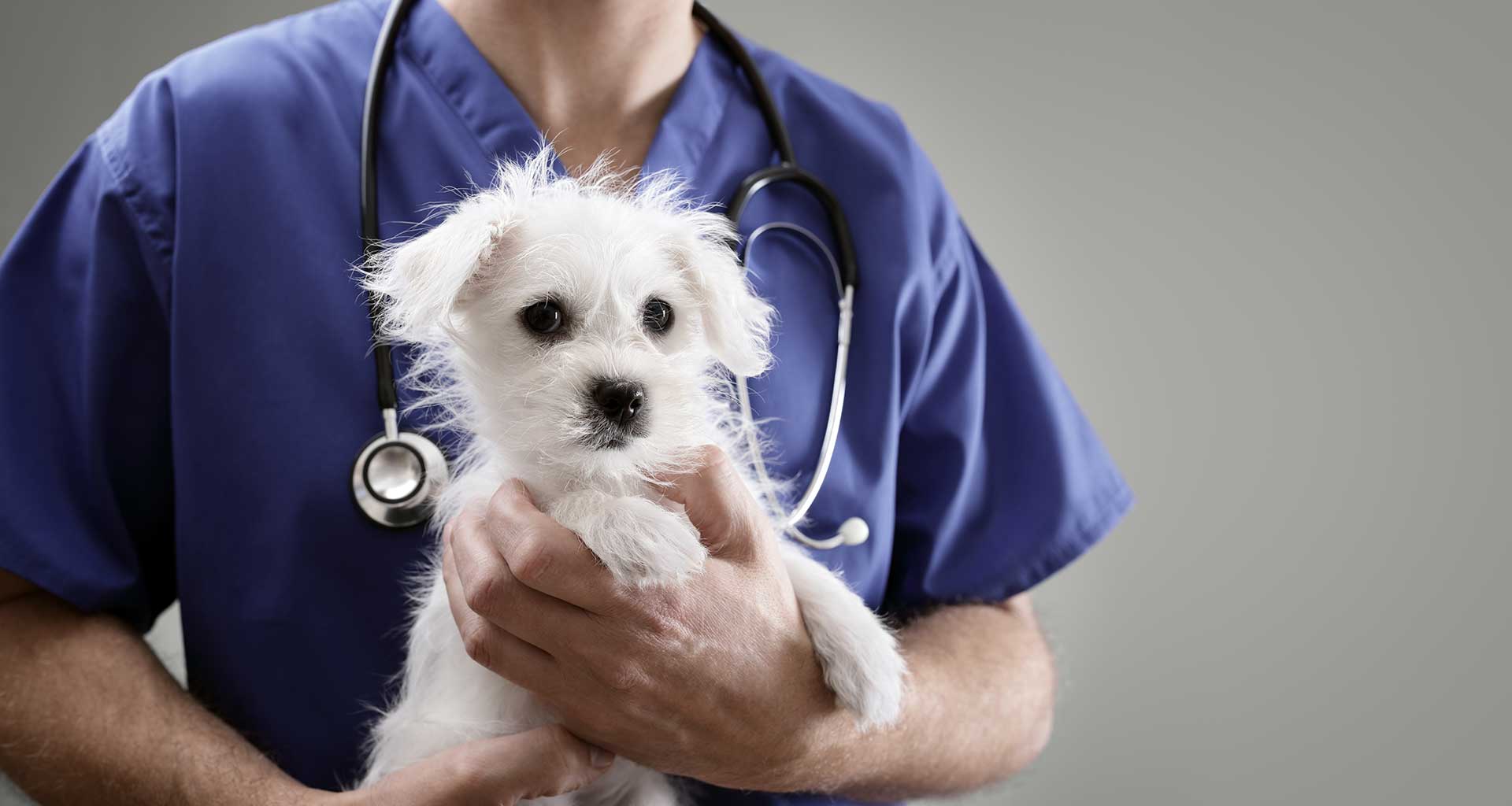
Is desexing your dog safe?
Having your dog neutered or spayed is not only safe. Vets recommend it. Of course, there is a risk of a reaction to the anesthesia, but healthy dogs get through the surgery and the recovery just fine. The procedure is routine and done on a daily basis by vets and it is simple and quick.
Why is desexing your dog so important?
Besides the fact that there are too many puppies and dogs with no homes, there are other benefits to desexing your pup.
- Desexing prevents pregnancy and the oestrus cycle in female dogs. Stopping the oestrus cycle means no bleeding, and no male dogs trying to get to your dog during “heat”.
- Your male dog’s testosterone can cause behavioural issues. The testosterone levels of neutered dogs are lower than that of their un-neutered counterparts. Higher testosterone levels may be responsible for increased aggression in male dogs.
- Intact dogs tend to wander or escape in their efforts to find a mate. Dogs out of their yard are at risk of running away or being hit by a car. Desexing your dog helps keeps them safe in your yard.
- Male dogs use their urine to mark their territory, which is why there is a pungent smell. Desexing usually prevents the strong smell and excessive marking behaviours.
- Removing your dog’s reproductive organs removes the risk of them developing health complications or illnesses in those organs.
Is desexing your dog safe?
Yes. Not only is it safe, it is what the experts recommend. Research shows that dogs that are desexed live longer and healthier lives. Of course, there is a risk of a reaction to the anaesthesia, but healthy dogs get through the surgery and recover just fine. It is a simple procedure that routinely done, it is simple and quick too.
To desex a female dog the vet removes the ovaries and the uterus, it is also known as spaying your dog. Qualified and experienced vets do the procedure in a sterile surgical suite. Of course, every dog is different. The recovery time is dependent on the age and health of your pet, but on average recovery takes between 10 – 14 days.
Male dogs are neutered; the process involves a simple incision and the removal of both of the testicles. Without the testicles, male dogs are unable to reproduce with a female dog and make puppies. Depending on the overall size and health of your dog, it takes between 3 and 7 days to recover.
Male and female dogs and puppies are under anaesthetic during the desexing procedure. Dogs are examined before any anaesthetic drug is given, to make sure your doggo is fit and healthy with no underlying problems. We monitor your dog during the entire procedure for any signs of discomfort or distress.
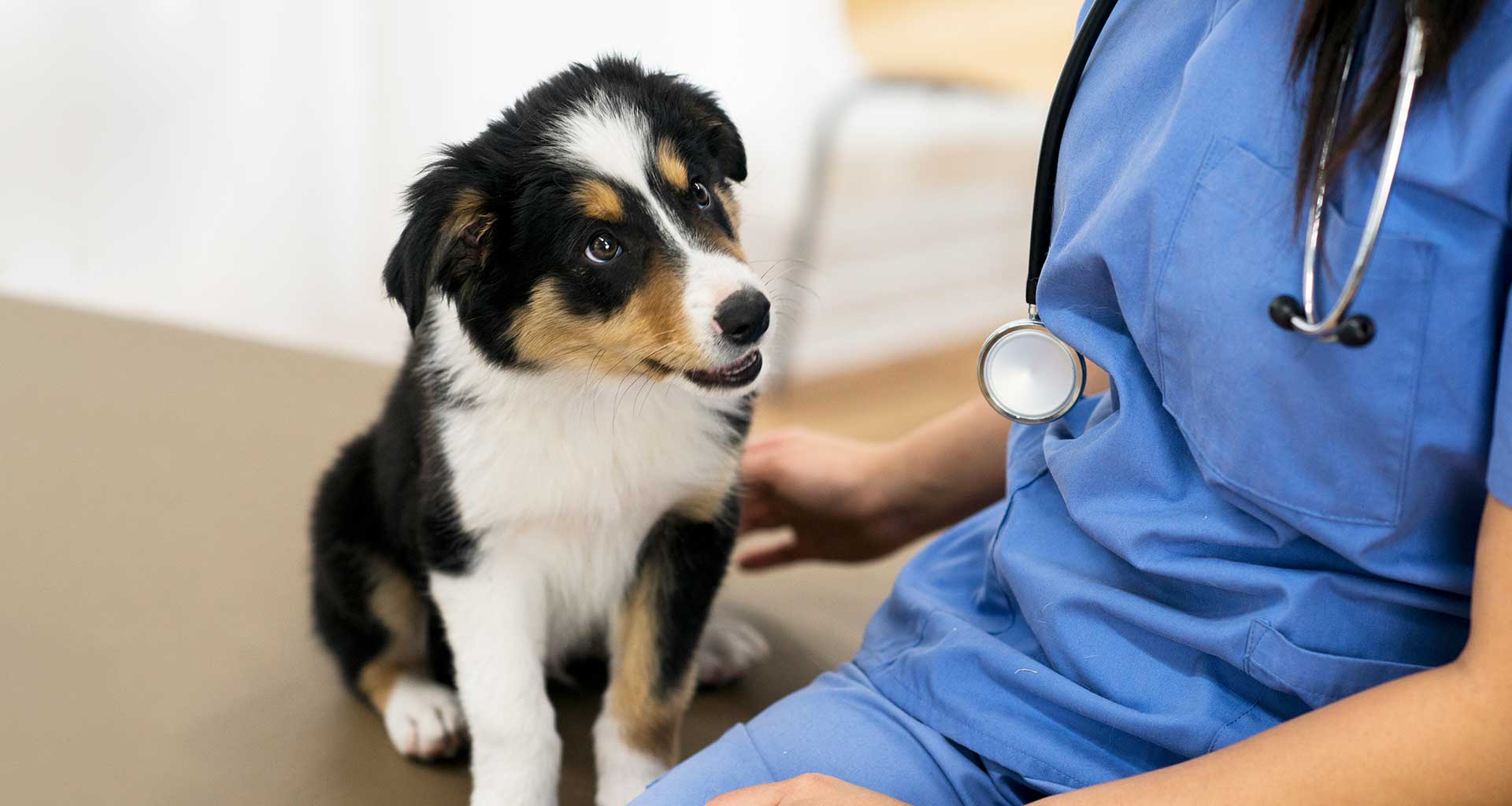
What to expect at the vet’s office
There is a bit to do before the procedure takes place. You cannot feed your dog any solids after dinner. Not giving them any food means they have an empty stomach, which reduces the risk of vomiting which can get into the lungs.
Once you are at the surgery, admit your fur baby first. Now it is time for them to have a complete health check before the anaesthetic. Skilled vets perform the desexing surgery. After surgery is the recovery period. Your dog may be kept overnight to monitor them. The caregivers look signs of distress or discomfort. You usually take your dog home the next morning.
Make sure that your pet has a warm and comfortable place to rest when they get home. They will need easy access to food and fresh water. Some people take time off work to be with their pet. If you choose to take off from your day-to-day activities, be it work or cleaning, take the day after surgery and not the day of.
What to expect after surgery?
Your pet is free to eat and drink as normal once they get home. Nausea, vomiting and a lack of interest in food are potential side effects of anaesthesia. If any of these side effects continue for more than a few hours, please contact your vet.
Monitor the incision site for symptoms of an infection, including redness, inflammation or heat. Regardless of the sex of your dog, infection is a risk after any procedure.
Make sure that your dog gets enough rest to aid the healing process. Don’t take them out for long walks; just limit movement to what is necessary.
Modern sutures are dissolving sutures so that your dog does not have to go back to the vet for stitch removal.
FAQ
Traditionally for small to medium dogs, we have recommended 5-6 months, however the recommendation is different for large breed dogs. Please speak to our vets about the ideal age to desex your dog if he or she is greater than 15kg in body weight.
No. Dogs do not know the difference. Desexing interrupts some hormones however, doing the procedure before puberty limits the effects.
Yes, unless you are a registered breeder, dog or cat owners need to have their pet fixed. This prevents inbreeding and irresponsible breeding practices.
